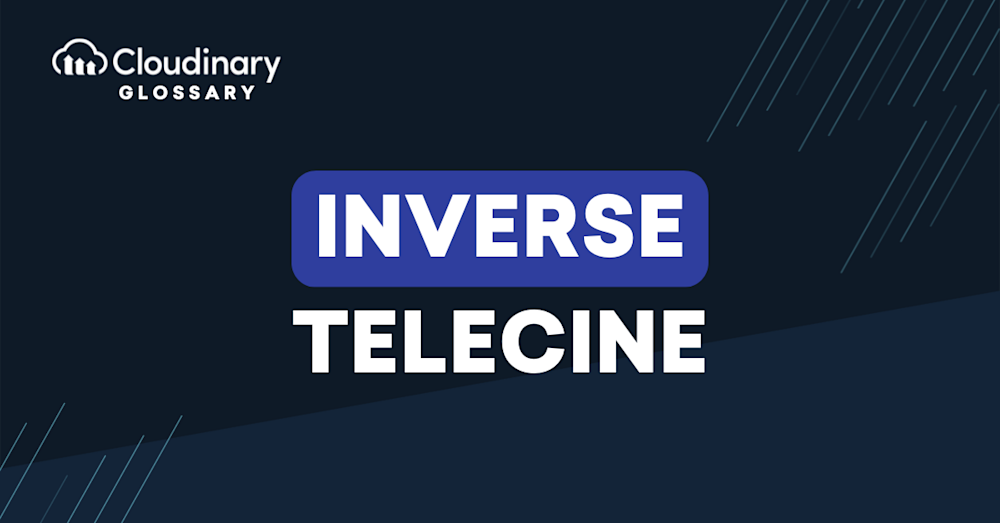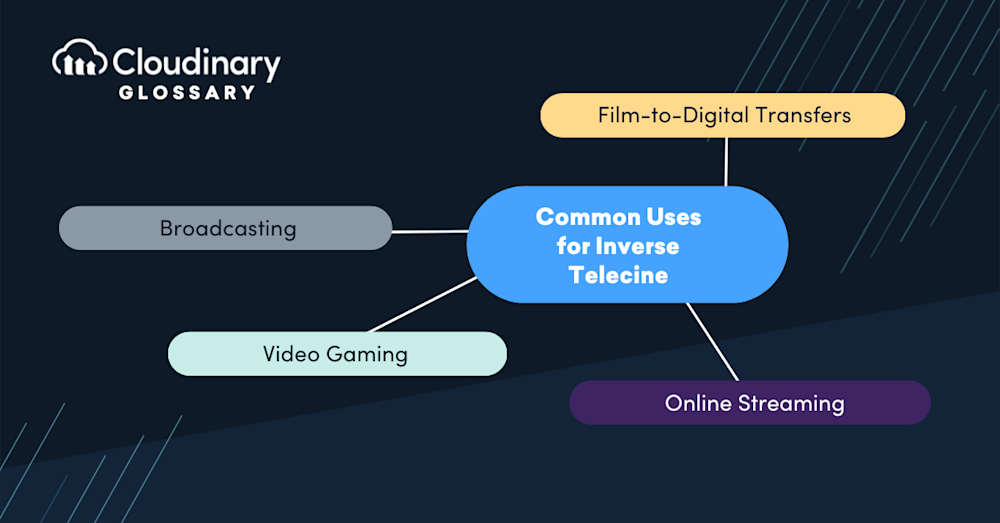What Is Inverse Telecine?
Inverse Telecine, often abbreviated as IVTC, is a video encoding and playback process that deals with the conversion of frame rates. The technique originally stemmed from the need to convert films, typically shot at 24 frames per second (fps), to a format suitable for traditional television broadcasts operating at approximately 30 fps or 60 interlaced fields per second. This conversion process, known as Telecine, adds extra “interpolated” frames (producing what’s called a ‘3:2 pulldown’) to make up for the difference in frame rates.
This is where Inverse Telecine comes into the picture. When we want to show the same video content on a digital device (like your modern flat-screen TV or computer) that supports the film’s original 24 fps, these ‘extra’ frames can cause jittery playback. IVTC is the method to remove these extra frames, restoring the video to its original, film-like appearance.
The Importance of Inverse Telecine
At its core, Inverse Telecine allows content creators and distributors to maintain the original cinematic quality of films or videos when transferring them from film or traditional broadcast formats to digital platforms. This is crucial in an age where viewers demand pristine, clear, and authentic visual experiences akin to what the director originally intended. By removing unnecessary frames added during the Telecine process, Inverse Telecine ensures videos play smoothly on devices that support the original frame rate, eliminating judder and other artifacts that can distract from the viewing experience.
Moreover, for developers and technical professionals working in video production, broadcasting, or streaming services, understanding and implementing Inverse Telecine is vital in delivering content that meets modern devices’ technical specifications and viewing standards. Implementing Inverse Telecine can also help optimize storage and bandwidth usage, as excess frames are removed, leading to smaller file sizes without compromising visual quality.
Common Uses for Inverse Telecine
Fundamentally, Inverse Telecine (IVTC) is a cornerstone process in various media and entertainment sectors targeting the optimal delivery of video content. Its role in translating film content to digital platforms means its applications are diverse and tailored to the modern-day viewer’s needs. Here are some common uses for Inverse Telecine:
- Film-to-Digital Transfers – IVTC is integral to digitizing real film, helping maintain the original film quality while adjusting the format for smooth playback on digital devices.
- Broadcasting – Traditional TV broadcasters use IVTC when transitioning their content library to modern broadcast or streaming formats, ensuring a high-quality viewing experience.
- Video Gaming – In the gaming industry, developers potentially use IVTC when creating cutscenes or trailers from 24 fps source animations to ensure fluidity on various display devices.
- Online Streaming – Streaming services utilize IVTC to provide a cinema-like experience, catering to a wide array of devices with diverse frame rate capacities.
- Video Editing – Finally, video editors often apply IVTC to ensure consistency in frame rate, improving the fluidity of edited footage, especially when mixing sources with various frame rates.
Wrapping Up
Inverse Telecine (IVTC) is a linchpin in achieving seamless frame rate conversion, ensuring the final video output aligns with the viewer’s device capabilities and expectations. By bridging the gap between original film content and diverse digital platforms, IVTC serves as a key tool in preserving the integrity and fluidity of video content across the board. It’s an essential process that underlines the meticulous efforts needed to cater to the technical and aesthetic demands of today’s digital media landscape.
Cloudinary’s video transformation capabilities enable you to deliver the best viewing experience on all devices, making video playback seamless and enjoyable. Sign up for free today!





